The Continual Jewish Presence
Israeli Prime Minister Benjamin Netanyahu is convinced the phrase “2,000 years of exile” is inaccurate. It is used to describe the almost 2,000-year dispersion of the Jewish people between the destruction of Jerusalem in A.D. 70 and the declaration of the establishment of the State of Israel on May 14, 1948.
The common thought is that everything Judaic in the Holy Land was eradicated when the Romans besieged Judea and Samaria in A.D. 70. Though Jewish people were banned from Jerusalem, small, vibrant pockets of Jewish communities have always kept the Hebrew heart beating in the cities of the Holy Land.
History discloses that the Jewish people have had a steady presence in their homeland since the days of Joshua.
In 212, for example, Roman Emperor Caracalla granted citizenship to subjects of the Roman Empire, providing they had a homeland. Caracalla bestowed Roman citizenship on the Jewish people since it was understood they had a country of their own: the Promised Land.1
In the 7th century the Jewish population in Jerusalem and surrounding cities had grown so much that more than 20,000 Jewish fighters participated in the siege of Tyre.2 The Jews of Jerusalem also joined forces with the Persians to defeat the Byzantines in hopes of regaining their independence in 614.
However, as the 7th century ended, the Jewish population in the land declined under Arab rule; but it was not destroyed. Between the 7th and 10th centuries, the cities of Tiberias and Jerusalem were centers of Jewish scholarship. A group of Jewish intellectuals from Tiberius, the Masoretes, worked tirelessly to fix the pronunciation and cantillation of the Hebrew Bible (Old Testament) by adding vowel points between the Hebrew consonants. Even today their work affects modern translations of the Old Testament.
In the 11th century, when the Crusaders arrived in Jerusalem, they killed thousands of Jewish people there. Interestingly, when the Muslims under Saladin overthrew the Crusaders in 1187, they allowed the Jews to live in Jerusalem.3
In 1492, when Christopher Columbus prepared to sail west, Spain expelled its entire Jewish community—more than 200,000 people. Many managed to make it east, to a small city in northern Israel called Safed.
The Jewish population of Safed grew exponentially. Over time it went from a town of three synagogues to the epicenter of Jewish life in the Holy Land in the 16th century, with 21 synagogues and 18 Jewish houses of study.4
In the years leading up to the 20th century, the land of Israel saw a massive influx of Jewish settlers from Russia and Europe. Between 1882 and 1948, thousands of Jewish immigrants established themselves in cities like Rishon LeZion, Petah Tikva, and Tel Aviv. In fact, many influential Israelis who were critical in establishing the modern State of Israel were born in the Holy Land.
To name a few, Moshe Dayan, Israel’s late defense and foreign minister, was born on a kibbutz near the Sea of Galilee under the rule of the Ottoman Turks in 1915, 33 years before Israel gained its independence. Ariel Sharon, Israel’s 11th prime minister, was born in British Mandate Palestine in a village northwest of Tel Aviv in 1928, 20 years before statehood.
There is no doubt the Roman destruction of Jerusalem was instrumental in forcing many Jewish people into exile, but it did not eliminate them from the land. History reveals their long and unbroken presence in the land of Israel and their legitimate claim to it as their national home.
ENDNOTES
- Benjamin Netanyahu, A Durable Peace (New York, NY: Warner Books, 1993), 26.
- Ibid.
- “The Crusaders” <safed.co.il/the-crusaders.html>.
- “Looking Back at Safed in the 16th Century” <safed.co.il/safed-golden-era.html>.
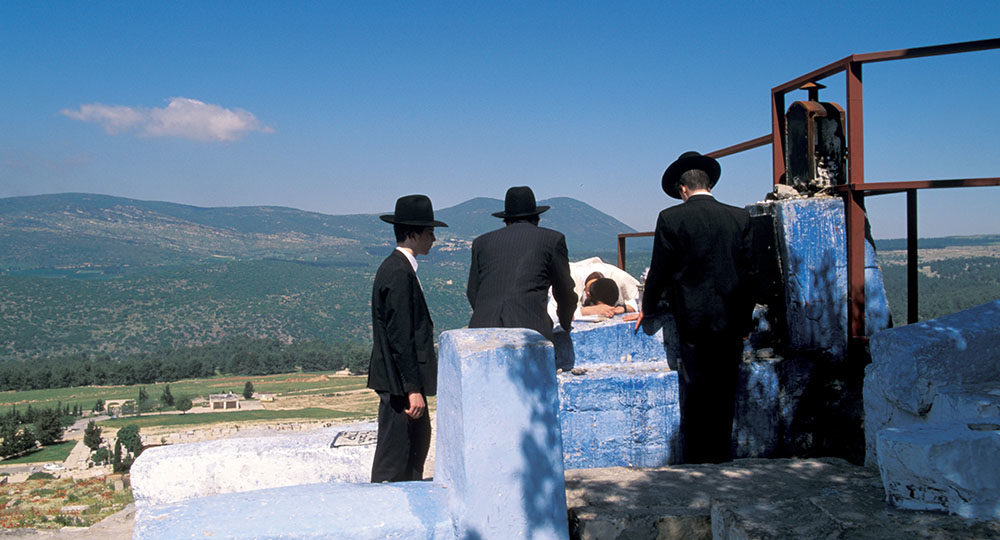
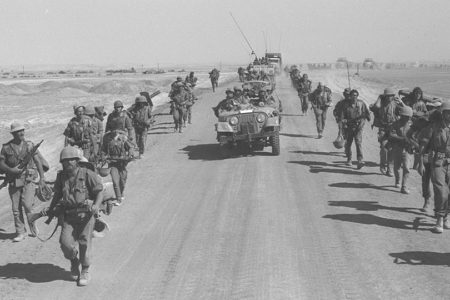
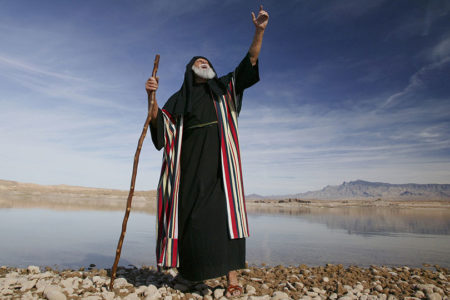

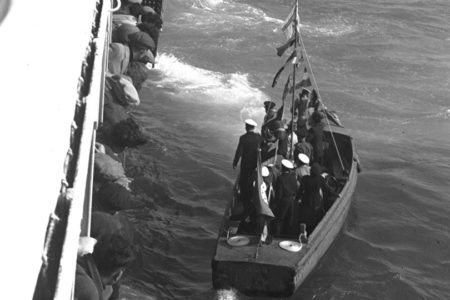
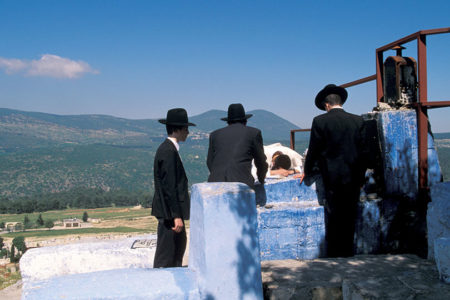

1 thought on “The Continual Jewish Presence”